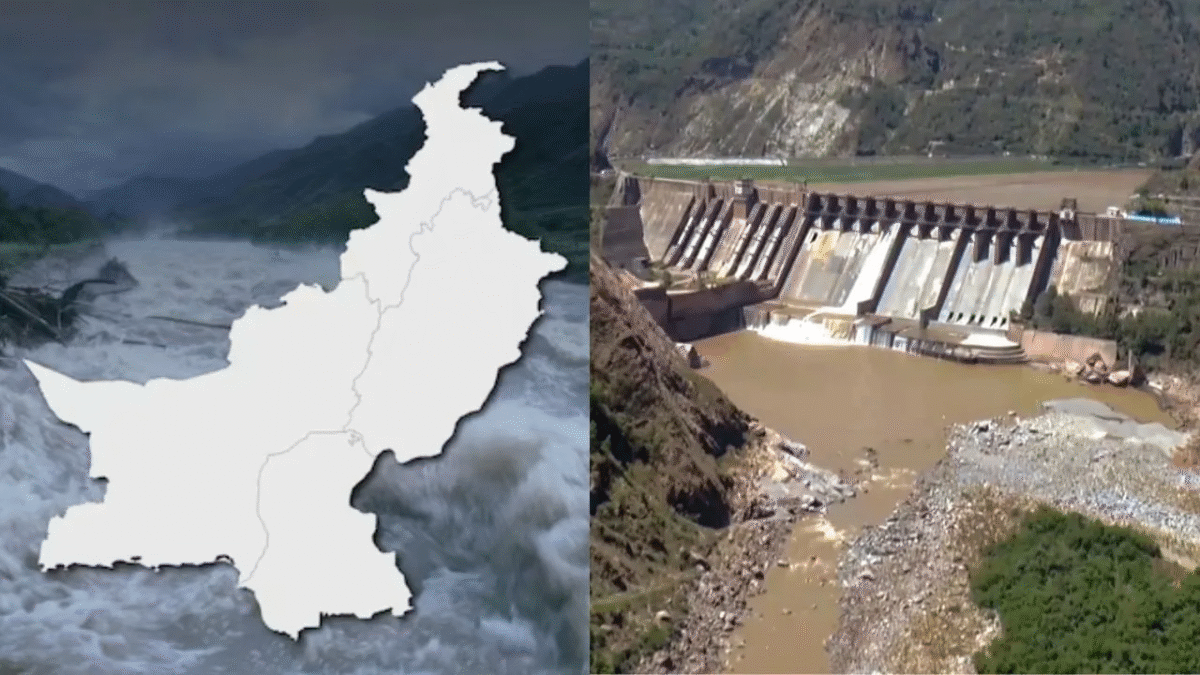Indus Water Treaty suspension: After the recent terrorist attack in Pahalgam in Kashmir, India has taken several decisive steps against Pakistan. These include measures such as cancellation of visas for Pakistani citizens, closing air and terrestrial boundaries and rethinking Indus Water Treaty (IWT). In this context, Pakistan is alleging that India has suddenly stopped or cut off the flow of water, causing flooding in PoK and other areas, while some Indian users on social media are claiming that it will create a drought -like situation in Pakistan. However, analysis based on satellite paintings suggests that there is no truth in both these claims.
Satellite paintings revealed the truth
India Today’s OSINT team analyzed government data and satellite imagery and found that by April 30, the flow of water in Jhelum, Chenab and Indus rivers was normal. That is, even after the Pahalgam attack, India has followed the Indus Water Treaty.
According to satellite paintings from the European Space Agency (ESA), water storage or flow is completely common in the Uri Dam on Jhelum, Bagalihar Dam on Chenab, and the Nimu-Bajgo project on the Indus River located in India. Similarly, no unusual water level has been found in Mangla, Marala and Jinnah barrages in Pakistan.
What is the possible impact of Indian decision?
The current water flow is similar to normal. However, if India stops providing hydropower data to Pakistan, it can have a major impact on Pakistan’s irrigation system and flood control. This is likely to adversely affect agriculture. Pakistan uses this data to make water management decisions, especially when floods or rainy season begins. If this data is not provided, it will obstruct the plan and increase the possibility of flooding in areas like PoK.
Land-analyst Raj Bhagat says that it is not possible to stop water at the moment
According to the famous geophysician Raj Bhagat, stopping the flow of rivers in the West is not only a political decision, but also technically difficult. This will require large dams, canals and systems, which will take many years. He said, “At present, India does not have enough infrastructure to stop the water of Jhelum, Chenab and Indus rivers. Therefore, these rivers are still flowing in the same way as they were.”
Indus Treaty, A Historical Treaty
The Indus Water Treaty was signed between India and Pakistan in 1960 under the World Bank’s mediation. According to this agreement, the water of Ravi, Beas and Sutlej rivers is from India, while the water of Jhelum, Chenab and Indus rivers is reserved for the use of Pakistan. However, this agreement allows India to use some limited water of these western rivers for hydroelectric projects and irrigation.
At the moment there is no change, but there will be risks in future.
Given the status of satellite paintings and hydroelectric projects, India has not yet violated the Indus Water Treaty. But if India stops sharing data, it may have long -term results on Pakistan’s water and agricultural systems. All these developments are seen as an attempt to increase pressure from India’s perspective in the fight against terrorism. But in reality, it is impossible to stop the flow of water without major water conservation schemes at the moment – and this truth is revealed by satellite paintings.
